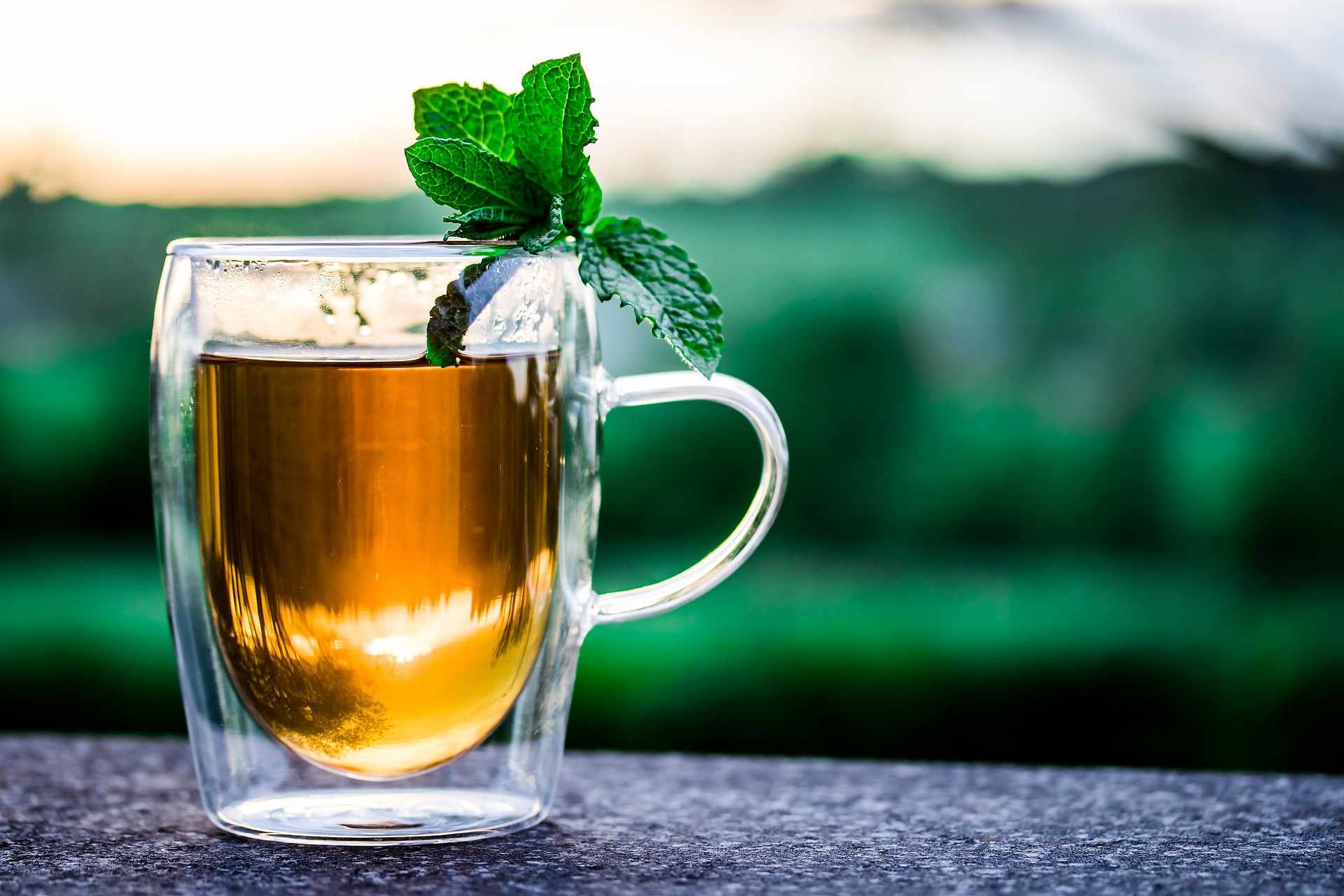
White tea, one of the most delicate and revered varieties of tea, originates from the lush, mist-covered mountains of China. Known for its subtle flavor, light body, and minimal processing, white tea offers a unique sensory experience that stands apart from its more robust counterparts like green or black tea. In this article, we will dive into the fascinating world of white tea, explore its history, production, and the nuances of its delicate flavors.
A Brief History of White Tea
White tea has its roots in the Fujian province of China, a region celebrated for its tea-growing traditions that date back centuries. The earliest records of white tea production can be traced to the Tang Dynasty (618-907 AD), but it was during the Song Dynasty (960-1279 AD) that it gained popularity among the Chinese elite. Traditionally reserved for royalty, white tea was valued not only for its refined taste but also for its purity and simplicity.
How White Tea is Made
Unlike other types of tea, white tea undergoes minimal processing, which helps preserve its delicate flavors. The tea leaves are hand-picked when they are young and tender, typically during early spring when the buds are still covered in a fine layer of white hairs. This natural white fuzz is where the tea gets its name.
Once harvested, the leaves are simply withered and dried in the sun or indoors under controlled conditions. There is no rolling or oxidation involved, as with green or black tea. This minimal intervention allows the tea to retain its natural sweetness and subtlety, making it a perfect choice for those who prefer a lighter brew.
The Flavor Profile of White Tea
White tea is often described as having a soft, delicate flavor with notes of sweet hay, melon, or light florals. Because it is so lightly processed, it retains many of the natural characteristics of the tea leaf, offering a taste that is closer to the essence of the plant.
Here are some common tasting notes you might find in different types of white tea:
- Bai Hao Yin Zhen (Silver Needle): This highly prized white tea has a light, sweet flavor with a hint of floral and fruity undertones. Its pale, golden liquor is a reflection of its delicate nature.
- Bai Mu Dan (White Peony): Slightly more robust than Silver Needle, Bai Mu Dan offers a fuller body with notes of fresh grass, apricot, and a subtle earthiness.
- Shou Mei: Known for its stronger, more pronounced flavor, Shou Mei is often described as having a nutty, woodsy taste with hints of honey.
The beauty of white tea lies in its subtlety. It requires a slower, more mindful approach to brewing and tasting, inviting you to savor the delicate balance of flavors that each cup offers.
How to Brew White Tea
To fully appreciate the subtle flavors of white tea, it’s important to brew it with care. Here’s a simple guide to brewing the perfect cup of white tea:
- Water Temperature: Use water that is just below boiling, ideally between 75-85°C (167-185°F). Boiling water can scorch the leaves and result in a bitter taste.
- Tea-to-Water Ratio: Use approximately 2 grams of white tea leaves per 150 ml of water. You can adjust this ratio based on your taste preference.
- Steeping Time: Allow the tea to steep for 3-5 minutes, depending on how strong you like your brew. White tea can be infused multiple times, with each steeping revealing different layers of flavor.
- Glass or Porcelain Teaware: To enjoy the clarity of white tea, it’s recommended to use glass or porcelain teaware.
Health Benefits of White Tea
In addition to its delightful flavor, white tea is packed with antioxidants, making it a great choice for health-conscious individuals. It is known to help reduce inflammation, improve skin health, and boost the immune system. White tea also contains lower levels of caffeine compared to green or black tea, making it a soothing choice for those who want to enjoy a warm drink without the jitters.
Conclusion
White tea from China offers a delicate, nuanced experience that stands out in the world of tea. From its ancient origins to its light, floral flavors, every cup of white tea is a reflection of the craftsmanship and care that goes into its production. Whether you’re a seasoned tea enthusiast or just beginning your journey into the world of tea, exploring the subtle flavors of white tea is a rewarding experience that should not be missed.
So, the next time you’re in the mood for a calming and refreshing cup, reach for a fine white tea and enjoy the quiet elegance it brings to your tea experience.




